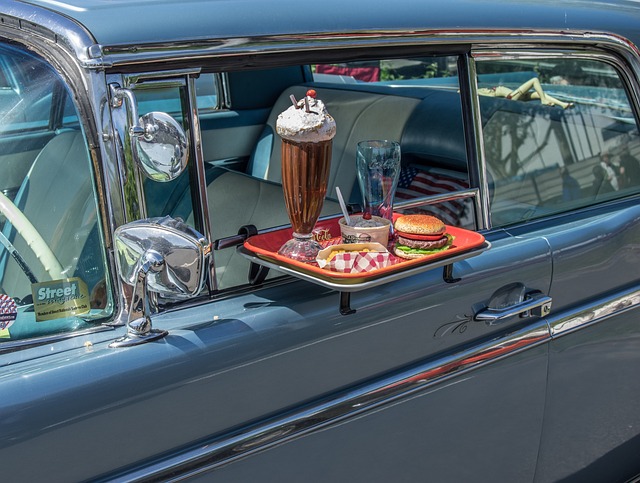Retail Leasing Activity Surges Post-Pandemic, Driven by Food and Beverage Tenants
In a recent Forbes.com article, Naveen Jaggi detailed how retail leasing has seen a robust revival after the pandemic, with food and beverage tenants spearheading this resurgence. These tenants comprised 20% of total retail leasing activity in 2023, and in 2024, over 2,000 new restaurant locations are set to open across the U.S. (JLL Research).
The majority of these openings are quick service restaurants (QSRs) that offer drive-thru lanes and deliveries, fueled by strong consumer spending, which rose nearly 12% in 2023. Capitalizing on this trend, QSRs like McDonald’s, Chipotle, WingStop, and Dutch Bros. have been rapidly expanding nationwide.
Despite the high demand, limited supply has made it challenging for QSRs and fast-casual restaurants to secure desirable spaces. Over the past five years, 155 million square feet of retail space has been demolished, and new construction hasn’t kept pace. Of the 9.5 million square feet of new retail space set to hit the market this year, 75% is already preleased.
However, this demand surge presents an opportunity for retail owners with spaces under 2,500 square feet. Here are three strategies for capturing the market activity of expanding QSR tenants seeking smaller spaces.
1. A Big Need for Small Space
In Q1 2024, the average size of newly executed retail leases dropped 11.1% to 3,026 square feet, with more than two-thirds (68.5%) of leases for units under 2,500 square feet. Big box locations over 50,000 square feet accounted for only 1% of leasing activity. This trend underscores the high demand for smaller spaces.
To attract QSR tenants, retail owners should offer spaces under 2,500 square feet. This can be achieved by creating additional building pads in underused parking areas or subdividing larger units into multiple smaller spaces appealing to quick service and fast-casual concepts.
2. Flexibility for New Restaurant Concepts
As property owners develop or subdivide smaller spaces, they should consider innovative uses by QSRs. For instance, Chick-fil-A is testing a pick-up only location in New York City with geofencing to streamline order collection and a drive-thru concept in Atlanta with both employee-assisted and mobile pickup lanes. McDonald’s is expanding its drive-thru only CosMc stores, focusing on beverages, with nine more planned for 2024.
Retail owners can adapt their spaces to meet these evolving needs by offering flexible units that innovative QSRs can easily tailor, adding value to their properties.
3. Modern Infrastructure for Enhanced Customer Experience
With the rise in food delivery, restaurants are keenly aware of the need for efficient delivery services. According to DoorDash’s annual Restaurant and Alcohol Online Ordering Trends Report, 70% of respondents ordered delivery in the past month, and 33% are ordering more frequently in 2024 compared to 2023. This increase in delivery activity translates to more traffic from delivery drivers.
QSR tenants seek locations with designated zones for delivery drivers and temporary parking. Retail owners who can provide these amenities will attract more tenants, enhance the delivery driver experience, and improve the dine-in customer experience.
The retail sector is thriving with strong leasing activity, positive rent growth, and a healthy investment appetite from QSRs. By implementing these strategies, retail owners can capitalize on the current demand, attract more tenants, and create a positive experience for end users, driving repeat visits.

